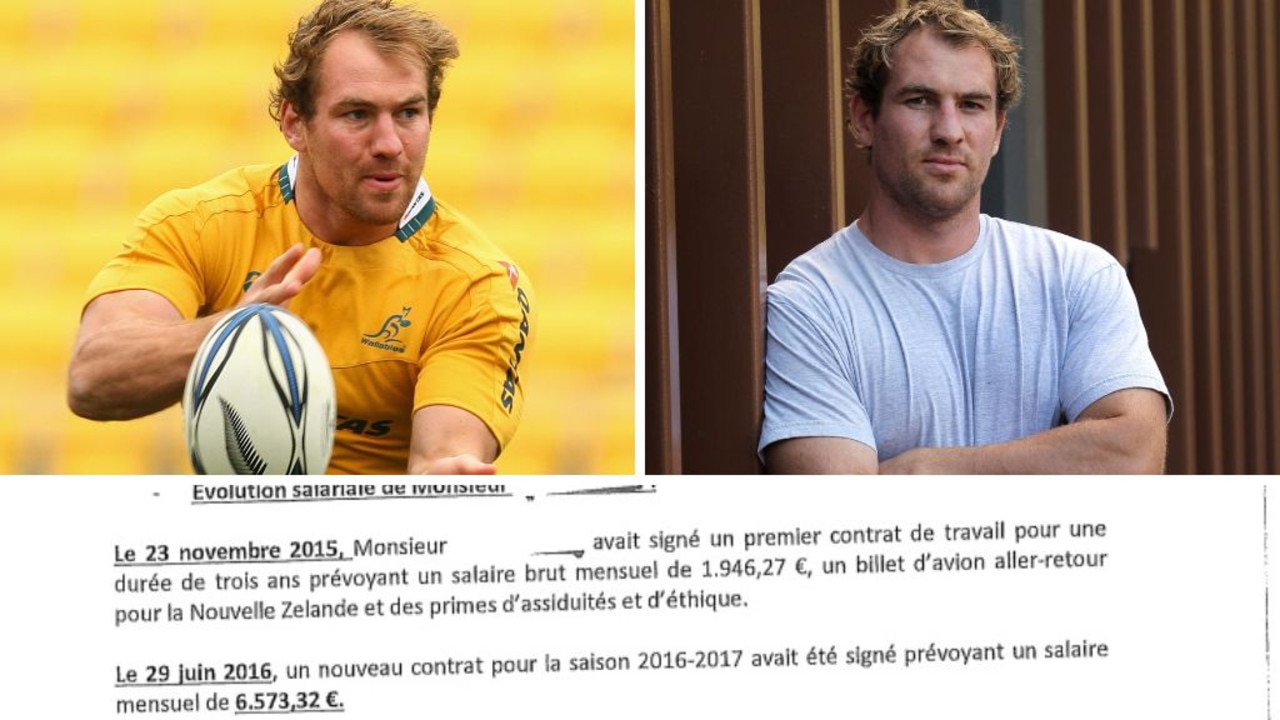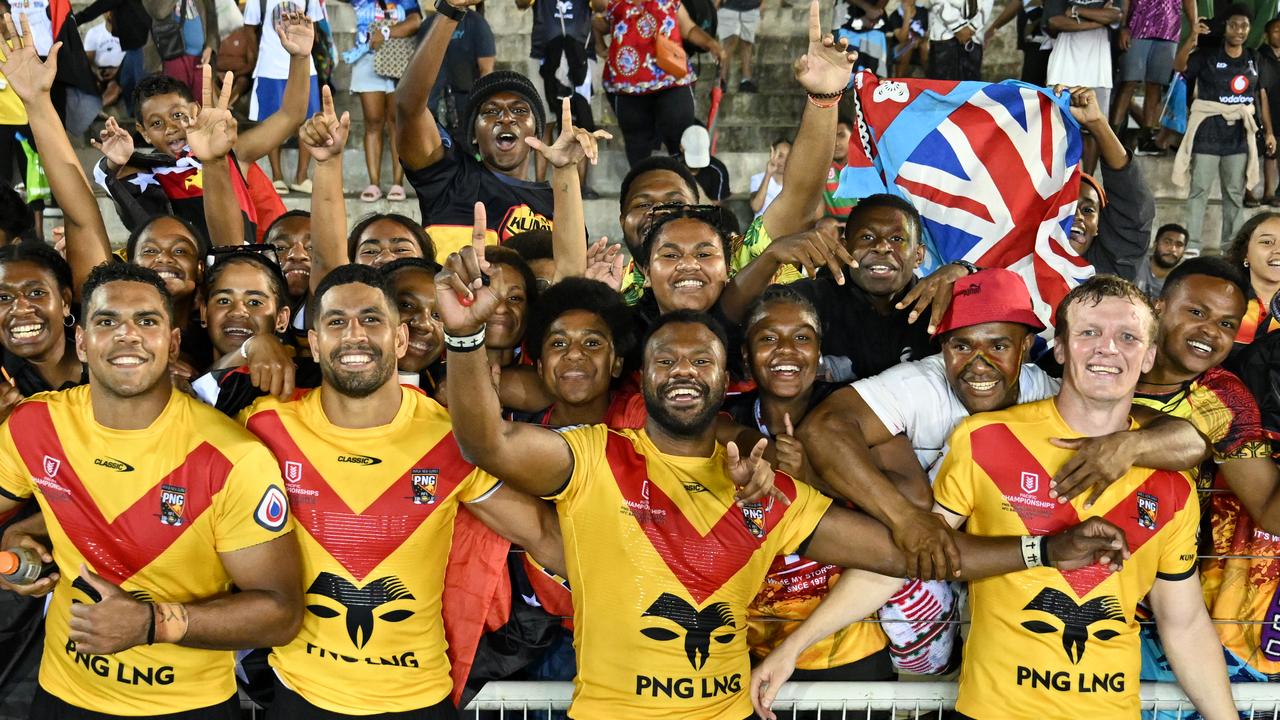The best competition to grow players into Wallabies

There is a lot happening in our game right now, from club land to the international game. I thought today I would try to make sense of it all, “around the grounds” so to speak, with the customary dose of “wise advice”.
First, I must commend the magnificent effort of the Queensland Reds last week as they took on, and turned over, the very good Waikato Chiefs. Though, I have to confess, it was a near thing at the end; the red card against Damian McKenzie was crucial.
It was motivating to see Queensland break the Trans-Tasman Super Rugby drought.
Let’s hope James O’Connor’s team can repeat the dose this weekend as the young man makes his 100th Super Rugby appearance.
To the continuing matters of importance for the policymakers at rugby headquarters and, first up is the future of the provincial game and, specifically, what Super Rugby will look like in 2022.
The big question is, should we continue the way we are, playing a longer domestic Super Rugby AU competition, before we play the shorter Trans-Tasman competition? Or should we drop the trans-Tasman competition?
There is not a skerrick of evidence to blame the old Super Rugby format for the decline of our game; indeed, it was that competition that launched the Brumbies and later the Rebels and the Force.
Keep Super Rugby the way it is, a two-round competition with fixtures at home and away, a platform for young Australian talent.
Follow that with a short trans-Tasman competition, but we don’t need to play the Kiwi teams more than once.
As for the notion that Australian teams should import Kiwis to bolster their rosters, that is surely a nonsense, which I heave addressed before. We need to grow Australian rugby talent.
At the end of the day, Super Rugby AU is our competition for growing our players into Wallabies.
Then there is the question of international rugby and the Test match series against the French. It now seems that this may be in serious doubt due to a range of logistical issues.
One of the main concerns is the two-week quarantine period the French squad must complete before they can play in Australia, and who pays for it?
The French play a rigorously long season and the Test match scheduling means some of their best players, including the captain, Antoine Dupont, will miss at least the first Test match.
Clearly the French coach Fabien Galthie is not impressed by the scheduling and would prefer to stay at home if his team is going to be less than at full strength.
To their credit, Rugby Australia are saying they will do whatever it takes to make the series happen; there are broadcast and sponsorship revenues on the line, so it’s important to get this right.
My advice to Hamish McLennan is this. Be careful in your dealings with Bernard Laporte, the President of the French Rugby Federation. Laporte is also the vice-president of World Rugby and a very accomplished politician.
It might be wise to ensure there is a contingency plan, should the French pull the pin on the tour. Perhaps a Pacific Island team, representing Fiji, Tonga and Samoa could step in at late notice.
Next stop, as we go around the grounds, is club rugby and, in particular, the future of Sthe Shute Shield.
The Sydney competition has been going since 1874. In 1922, the Sydney competition was named after Robert Elliott Shute after the young Sydney University prop forward died playing a match at Manly Oval.
This competition should be the breeding ground for our young, aspiring provincial players. Clubs do a wonderful job providing coaching and a sense of community for rugby families across Sydney.
However, it appears that a number of clubs in western Sydney are struggling with player numbers and the competition is considering a shake down.
There is no need to talk about abandoning clubs, or amalgamating clubs. I will tell you what the problem is. I argued from day one, when the game went allegedly “professional”, (and that is worthy of another column) that Test players should be paid. But whatever else might come to pass under a “professional” game, clubs should not be allowed to pay their players.
Under this system, the rich get richer and the poor get poorer. Players are understandably attracted to clubs that offer the biggest money, loyalty to the dollar rather than to the club.
This is dramatically affecting the future of club rugby, especially in Sydney, where the western suburbs are clearly rugby heartland.
There are so many young players out there that both rugby codes can accommodate.
Rugby Australia must step in here with the NSW Rugby Union to find a solution to growing our game in western Sydney.
My final issue today is the “use it or lose it” law in the tackle.
Prior to the game becoming professional, teams mauled in general play as a tactic to draw in defenders and create space.
That strategy was effectively eliminated from our game due to the “use it or lose it” law change and, ever since, we have been playing the game on the ground with a focus on ruck ball.
Defending teams often stay out of the rucks and have more defenders on their feet to deny the attacking team any space. As a consequence, attacking teams kick the ball away.
Current statistics on international rugby suggest that the team that kicks the most wins the match – boredom on steroids.
Most Test matches see the ball kicked more than 40 times by each team, 80 kicks in total.
As a result, in most matches, the ball is in play fewer than 40 minutes.
Surely we have to look at creative ways to reduce the “aerial ping-pong”.
If we reduce the number of rucks, we will create more attacking space and reduce the boredom of constant kicking. It’s not complicated.
There were some brilliant Test matches played under the old laws. The 20-year period before professionalism was also regarded as the golden era of attacking play.
Exciting running rugby is not a pipe dream. We can eradicate negative kick/chase tactics by dropping the “use it or lose it” law in the tackle. Play the game on your feet.
We have to face one reality, the game is in strife. We need constructive thinking to improve the game in Australia. We owe it to the kids who are playing grassroots rugby.
They deserve a vibrant, well organised game that is attractive to watch and encourages parents to be excited about their boys and girls playing “running rugby”.
It’s our responsibility to provide it. It’s also our responsibility to understand why we currently are not seeing it.






